Snipping extras, just can't do it
lucillle
10 years ago
Related Stories
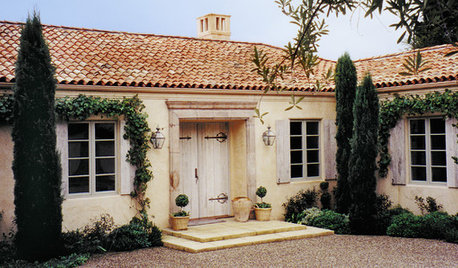
REMODELING GUIDES8 Natural Home Materials That Can't Be Beat
See how designing with natural stone, clay, wood and more can give a house luminosity, depth of color and lasting appeal
Full Story
COMMUNITYCommunity Building Just About Anyone Can Do
Strengthen neighborhoods and pride of place by setting up more public spaces — even small, temporary ones can make a big difference
Full Story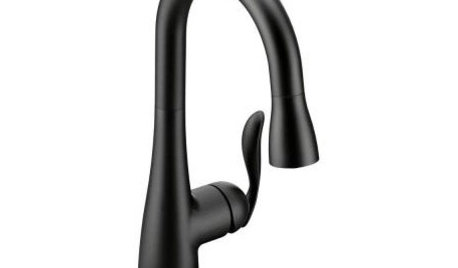
PRODUCT PICKSGuest Picks: 19 Kitchen Upgrades for When You Can't Afford an Overhaul
Modernize an outdated kitchen with these accents and accessories until you get the renovation of your dreams
Full Story
PETS5 Finishes Pets and Kids Can’t Destroy — and 5 to Avoid
Save your sanity and your decorating budget by choosing materials and surfaces that can stand up to abuse
Full Story
KITCHEN DESIGNTrending Now: 25 Kitchen Photos Houzzers Can’t Get Enough Of
Use the kitchens that have been added to the most ideabooks in the last few months to inspire your dream project
Full Story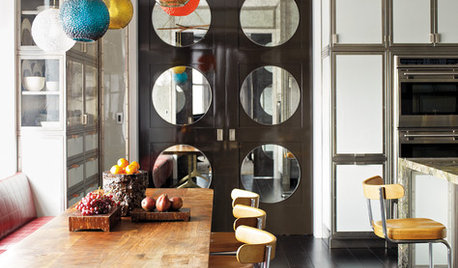
KITCHEN DESIGNTrend Alert: Swinging Doors Can't Miss for Convenience
Create accessibility and elegance in one fell swoop with a swinging door modernized for today's homes
Full Story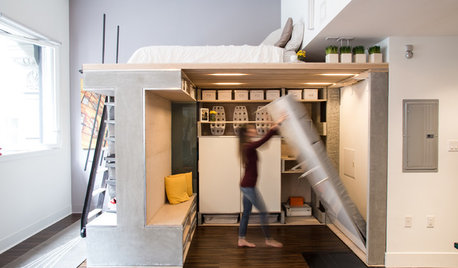
SMALL SPACESHouzz TV: You Won’t Believe Everything This Tiny Loft Can Do
Looking for more floor space, a San Francisco couple hires architects to design a unit that includes beds, storage and workspace
Full Story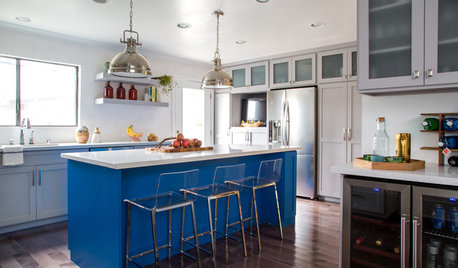
KITCHEN OF THE WEEKKitchen of the Week: We Can’t Stop Staring at This Bright Blue Island
A single mom updates her childhood kitchen, so she and her daughter have a functional and stylish space
Full Story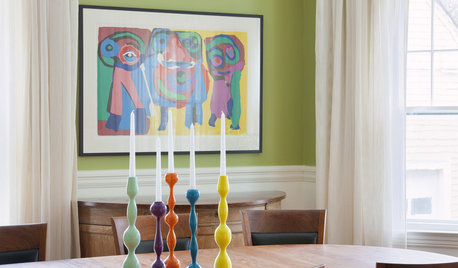
DECORATING GUIDESCan't-Beat Style: Candlestick Clusters
Create high decorating drama with the right mix of candleholders on table, sideboard, mantel and more
Full Story
MORE ROOMSYou Don’t Need a Workout Room, Just a Well-Trained Home
See how just the way you set up your TV, workstation or kitchen can help you stay fit this year
Full Story






laceyvail 6A, WV
lucillleOriginal Author
Related Professionals
Elwood Landscape Architects & Landscape Designers · Broomfield Landscape Contractors · Cockeysville Landscape Contractors · Corona Landscape Contractors · East Patchogue Landscape Contractors · Midland Landscape Contractors · Mission Bend Landscape Contractors · New Brighton Landscape Contractors · Rio Linda Landscape Contractors · Roswell Landscape Contractors · Irvington Landscape Contractors · Maplewood Landscape Contractors · Maple Heights Landscape Contractors · Grand Rapids Driveway Installation & Maintenance · Lake Forest Driveway Installation & Maintenancetheforgottenone1013 (SE MI zone 5b/6a)
grandad_2003
lucillleOriginal Author
syntria
ltilton
lucillleOriginal Author
tdscpa
nc_crn
glib
theforgottenone1013 (SE MI zone 5b/6a)
barrie2m_(6a, central PA)
daninthedirt (USDA 9a, HZ9, CentTX, Sunset z30, Cfa)
elisa_z5
lucillleOriginal Author
Deeby
stuffradio
ltilton
zzackey
lucillleOriginal Author
seysonn
lucillleOriginal Author
daninthedirt (USDA 9a, HZ9, CentTX, Sunset z30, Cfa)
elisa_z5
lucillleOriginal Author
daninthedirt (USDA 9a, HZ9, CentTX, Sunset z30, Cfa)
lucillleOriginal Author
daninthedirt (USDA 9a, HZ9, CentTX, Sunset z30, Cfa)
theforgottenone1013 (SE MI zone 5b/6a)
mandolls
planatus
littlelizzy123
daninthedirt (USDA 9a, HZ9, CentTX, Sunset z30, Cfa)
seysonn
lucillleOriginal Author
floral_uk z.8/9 SW UK
seysonn
elisa_z5